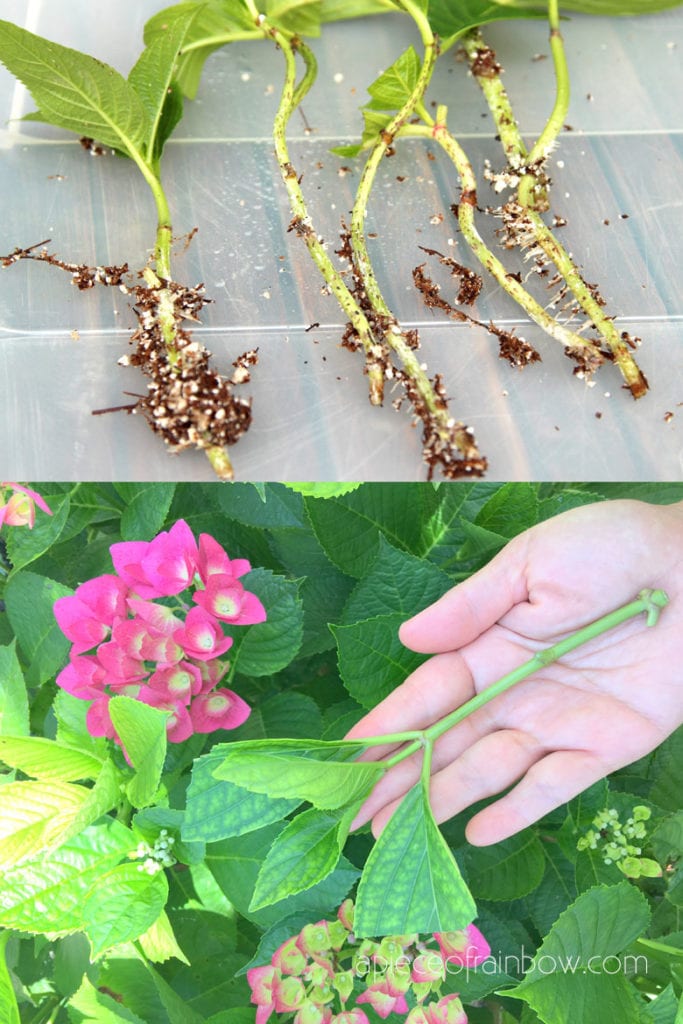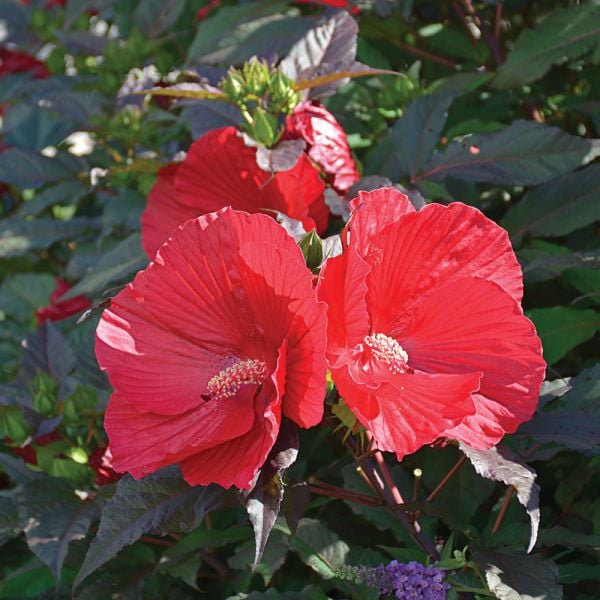H Arborescens: The Easytogrow Hydrangea That Will Bloom For
H. Arborescens: The Easy-to-Grow Hydrangea That Will Bloom for
Introduction
Hydrangeas are some of the most popular flowering shrubs in the world, and for good reason. They come in a wide variety of colors, sizes, and shapes, and they can add a touch of elegance and beauty to any garden. But not all hydrangeas are created equal. Some are more difficult to grow than others, and some require more maintenance.
If you're looking for an easy-to-grow hydrangea that will still produce beautiful flowers, then you should consider H. arborescens. This species of hydrangea is native to North America, and it is known for its hardiness and adaptability. H. arborescens can be grown in a variety of conditions, including full sun, partial shade, and even dry soil.
In addition to being easy to grow, H. arborescens is also known for its long blooming period. Flowers typically appear in late spring or early summer, and they can last for several months. The flowers can be white, pink, or blue, and they can grow up to 12 inches in diameter.
If you're looking for a hydrangea that is easy to grow, beautiful, and long-blooming, then H. arborescens is the perfect choice for you.
Main Content
Planting and Care
H. arborescens is a relatively easy plant to care for. It prefers full sun to partial shade, and it can tolerate a wide range of soil conditions. However, it does best in moist, well-drained soil.
When planting H. arborescens, it is important to choose a site that is protected from strong winds. The plant should be spaced at least 3 feet apart.
H. arborescens does not require a lot of fertilizer. A light application of fertilizer in the spring will help to promote blooming.
The plant should be watered regularly, especially during hot, dry weather.
Pruning
H. arborescens can be pruned in the spring or fall. If you prune in the spring, you will remove any dead or damaged branches. You can also prune to shape the plant. If you prune in the fall, you will remove any spent flowers.
Propagation
H. arborescens can be propagated by cuttings or division. Cuttings should be taken in the spring or summer. Division can be done in the fall or spring.
Problems
H. arborescens is a relatively pest- and disease-free plant. However, it can be susceptible to aphids, spider mites, and powdery mildew. If you see any pests or diseases, you can treat them with an appropriate pesticide or fungicide.
Varieties
There are many different varieties of H. arborescens available. Some of the most popular varieties include:
- Annabelle: This variety produces large, white flowers. It is one of the most popular hydrangeas in the world.
- Incrediball: This variety produces large, pink flowers. It is a more compact variety than Annabelle.
- Invincibelle Spirit: This variety produces large, blue flowers. It is a more cold-hardy variety than Annabelle.
- Lime Rickey: This variety produces lime green flowers. It is a unique variety that is not as common as other hydrangeas.
Conclusion
H. arborescens is a beautiful and easy-to-grow hydrangea that is perfect for any garden. With its long blooming period and its adaptability to a variety of conditions, H. arborescens is a great choice for gardeners of all skill levels.
Hydrangea arborescens, also known as smooth hydrangea, is a beautiful and versatile shrub that is native to North America. It is known for its large, white flower clusters that bloom in early summer and can last for several weeks. Smooth hydrangea is also relatively easy to care for and can tolerate a variety of soil conditions and light levels.
If you are interested in learning more about smooth hydrangea, I encourage you to visit . This website provides comprehensive information about the plant, including its history, cultivation, and care. You can also find a variety of photos and articles about smooth hydrangea, as well as links to other resources.
I hope you enjoy learning more about smooth hydrangea!
FAQ of h arborescens
- What is H. arborescens?
H. arborescens, also known as smooth hydrangea, is a deciduous shrub that is native to eastern North America. It can grow up to 6 feet tall and wide, and produces large, showy flowers in shades of white, pink, or blue. H. arborescens is a relatively easy-care plant that is tolerant of a variety of soil types and sun exposures.
- When should I plant H. arborescens?
H. arborescens can be planted in spring or fall. If planting in spring, wait until the soil has warmed up to at least 60 degrees Fahrenheit. If planting in fall, plant before the first frost.
- How much sun does H. arborescens need?
H. arborescens prefers full sun, but can also tolerate partial shade. In full sun, the flowers will be brighter and more abundant. In partial shade, the plant will grow more slowly and the flowers may be smaller.
- What kind of soil does H. arborescens need?
H. arborescens is not very demanding about soil type, but it prefers well-drained soil. If your soil is sandy, add some compost or peat moss to improve drainage. If your soil is clayey, add some sand or perlite to improve drainage.
- How do I care for H. arborescens?
H. arborescens is a relatively low-maintenance plant. Water it regularly during the growing season, especially during hot, dry weather. Fertilize it once a year in spring with a balanced fertilizer. In the fall, prune it back to remove any dead or damaged branches.
Image of h arborescens
- Hibiscus arborescens is a tropical shrub that is native to Central and South America. It is known for its large, showy flowers that come in a variety of colors, including red, pink, yellow, and white.

- The shrub can grow up to 10 feet tall and wide, and it produces flowers throughout the year. It is a popular choice for landscaping, and it can be grown in containers or in the ground.

- Hibiscus arborescens is a relatively easy plant to care for. It prefers full sun and well-drained soil. It should be watered regularly, but it is important to avoid overwatering.
- The shrub can be propagated by cuttings or by seed. Cuttings should be taken from healthy, mature stems in the spring or summer. Seeds should be planted in the spring in a well-drained soil.


Post a Comment for "H Arborescens: The Easytogrow Hydrangea That Will Bloom For"